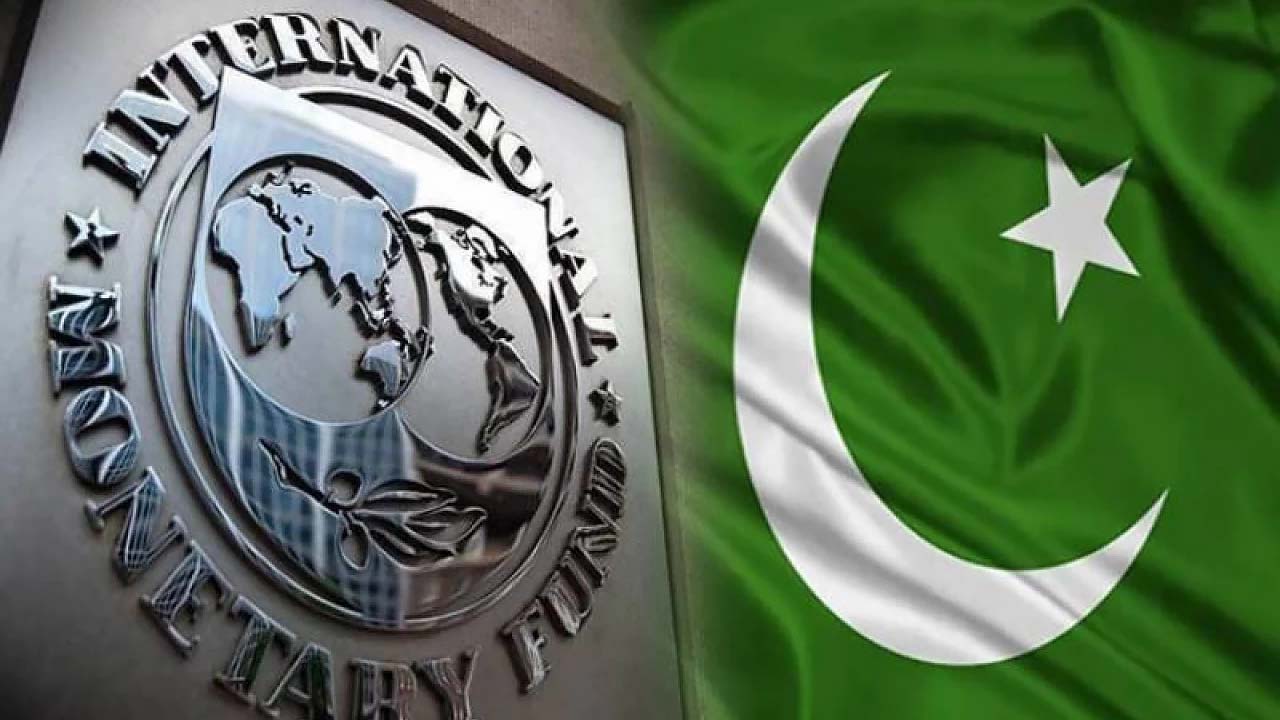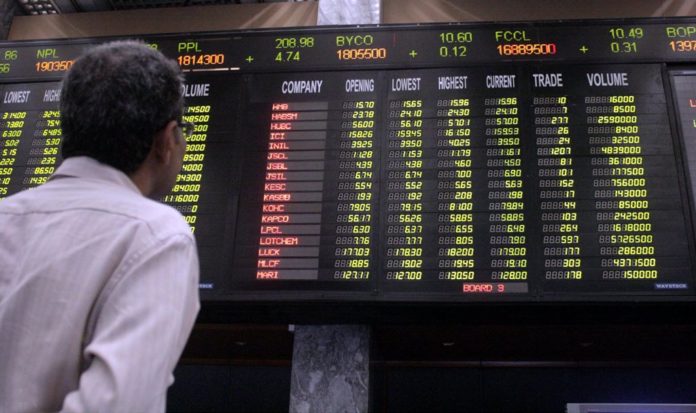PTBP Web Desk
Current account recorded a deficit of $112 million in October 2025, according to data released by the State Bank of Pakistan (SBP) on Monday. The deficit comes after a brief surplus of $83 million in September 2025 and a larger surplus of $296 million in October 2024, highlighting the fluctuating nature of the country’s external balances.
The current account deficit reflects the widening gap between the country’s imports and exports, as well as ongoing pressures from global commodity prices and domestic demand. Analysts attribute the October deficit primarily to a higher import bill alongside a slight decrease in exports, signalling challenges for Pakistan’s external sector.
In October 2025, Pakistan’s total exports of goods and services amounted to $3.57 billion, marking a decrease of nearly 4% compared to $3.71 billion in October 2024. The slowdown in exports is attributed to weak international demand for key products, coupled with competitiveness challenges in certain sectors.
Meanwhile, total imports surged to $6.32 billion during the month, representing an increase of over 13% year-on-year compared to $5.58 billion in October 2024. The rise in imports reflects a recovery in domestic demand, especially for machinery, petroleum products, and raw materials necessary for industrial production.
The widening trade gap was a key driver behind the current account deficit, with the trade deficit rising by 4% month-on-month, as imports continued to outpace exports despite recovery in some export categories.
On a positive note, workers’ remittances remained a stabilizing factor for Pakistan’s external account. In October 2025, remittances inflows reached $3.42 billion, up 12% year-on-year from $3.05 billion in the same month last year. These inflows have consistently helped offset trade deficits and support foreign exchange reserves, providing a buffer against structural external pressures.
Waqas Ghani, Head of Research at JS Global, told Business Recorder that, “Pakistan’s external account showed mixed signals in October, with the country posting a $112 million current account deficit after a brief surplus in September. The deterioration was driven primarily by a 4% MoM widening in the trade deficit, as imports rose faster than exports amid recovering domestic demand.”
Ghani further highlighted that remittances are playing an even more critical role amid renewed external pressures, helping to stabilize the current account while policymakers implement measures to improve exports and manage imports.
During the first four months of FY26 (4MFY26), Pakistan’s current account recorded a cumulative deficit of $733 million, a significant increase of 256% compared to $206 million in the same period last year. The rise underscores ongoing external challenges, particularly the need to balance trade and maintain sufficient reserves.
Economists note that while the external account is under pressure, the situation is not alarming due to strong remittance inflows and other financial buffers. Policy interventions focusing on export promotion, import substitution, and foreign investment attraction remain critical to stabilizing the current account over the medium term.
Despite ongoing pressures on the current account, Pakistan’s foreign exchange reserves (excluding CRR/SCRR) increased to $14.50 billion, marking a 29% year-on-year rise. This increase indicates stronger external buffers, providing some relief to the economy and offering space for monetary policy adjustments.
The growth in reserves is attributed to remittances, external financing, and stabilizing measures by the SBP. Analysts suggest that maintaining these reserves is crucial to support the Pakistani rupee, finance imports, and manage external debt obligations.
is likely to remain sensitive to fluctuations in global commodity prices, particularly energy and food items, as well as trends in exports and remittances. Policymakers are expected to monitor these variables closely, implementing export promotion strategies, controlling unnecessary imports, and encouraging investment in export-oriented sectors.
Economists also stress the importance of leveraging remittances for productive investment and enhancing trade competitiveness. Continued structural reforms, coupled with supportive fiscal and monetary policies, are essential to manage Pakistan’s external sector risks and ensure sustainable economic growth.
- Current account deficit: $112 million in October 2025, after a surplus in September.
- Exports: $3.57 billion, down 4% YoY.
- Imports: $6.32 billion, up 13% YoY.
- Remittances: $3.42 billion, up 12% YoY, providing a stabilizing effect.
- Cumulative deficit FY26: $733 million, up 256% YoY.
- Foreign reserves: $14.50 billion, up 29% YoY.




